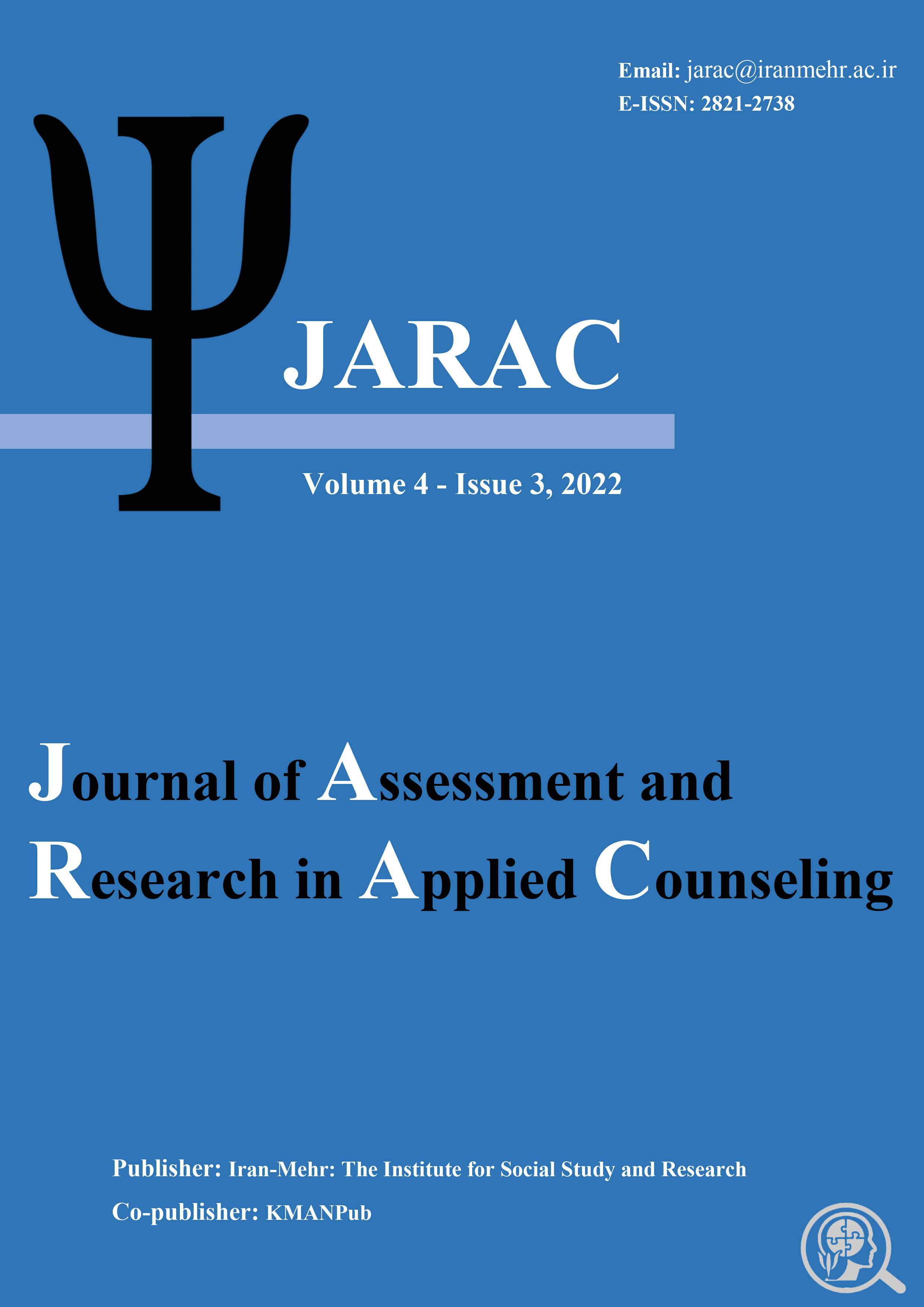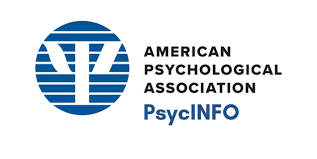Compilation of a Cognitive-Behavioral Art-Play Therapy Package based on the lived Experiences of Single-Parent Children: a Qualitative Approach to Thematic Analysis
Keywords:
play therapy, art therapy, single parents’ childrenAbstract
Background and Aim: Given the negative effects of the absence of one of the parents, single-parent children require great help and assistance. This study was aimed at developing a cognitive-behavioral art-play therapy package based on lived experiences of single-parent children by means of need-based inductive qualitative content analysis. Methods: The research used need-based inductive content analysis method. In addition to scientific texts, the study’s statistical population included specialists and experts in the field of art and play therapy, besides single-parent children aged between 6 and 12 years in Isfahan city (Iran). Twenty-five people were chosen from the abovementioned statistical population using purposive sampling. To obtain the lived experiences of single-parent children between 6 and 12 years in the two fields of art and play therapy, a semi-structured exploratory interview form with their mothers concerning the problems and needs of the children was employed. It is worth noting that sampling was continued until data saturation. To analyze the data, they were initially recorded, coded, and then analyzed based on Braun and Clarke thematic analysis of inductive content. Results: The findings led to the preparation of a cognitive-behavioral art-play therapy package suitable to the psychological needs of single-parent children in ten 90-to-120-minute sessions with specialized agreement of 0.94 between the assessors. Components and structure of cognitive-behavioral art-play therapy program, including integrated techniques of art therapy and play-therapy specialized for single-parent children, is focused on emotional, clinical, behavioral, cognitive, and social deficits, as well as the need of recognition and awareness, doing pleasurable activities, physical complaints, besides functional and academic deficiencies. Conclusion: In the end, a cognitive-behavioral art-play therapy package based on the single-parent children’s lived experiences was adjusted in accordance with the findings of content analysis for single-parent children (between 6 and 12 years old). Subsequently, the concepts extracted from the texts employed in the form of structure of multiple educational sessions were adjusted and processed and the sections of the session’s subject, objectives, and content, as well as the training method, presentation, and exercises and assignments were designed for each training session.
Downloads
Downloads
Published
Issue
Section
License
Copyright (c) 2022 Nasim EstekiAzad , Mohsen Golparvar , Ilnaz Sajjadian (Author)

This work is licensed under a Creative Commons Attribution-NonCommercial 4.0 International License.















